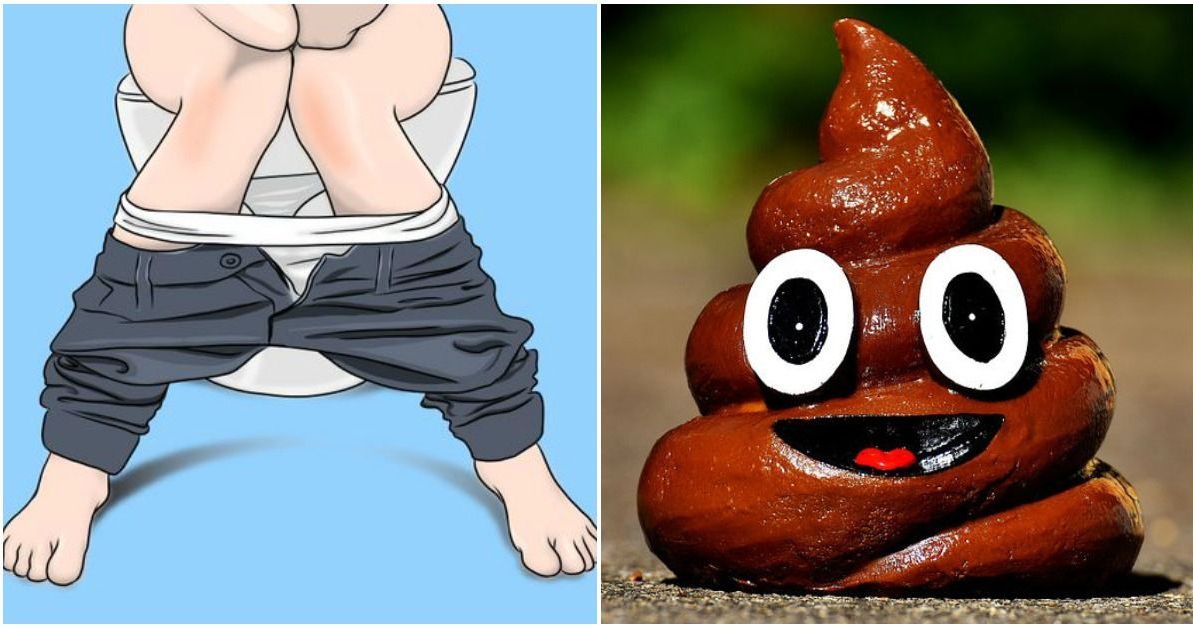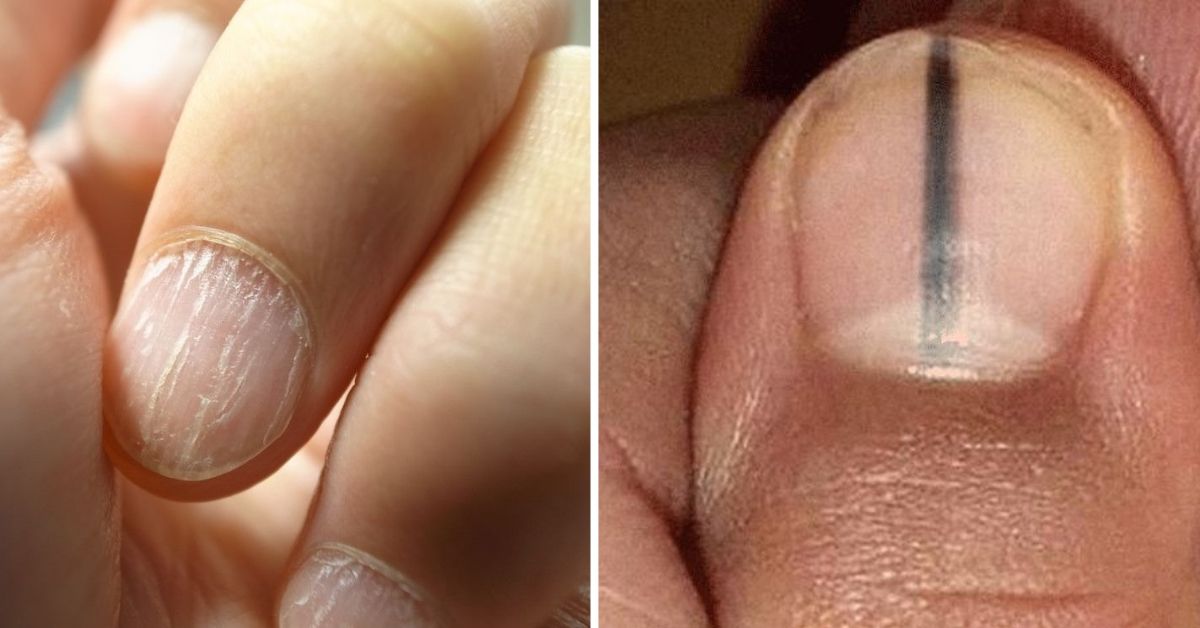Do you look in the bowl before you flush?
While there are no concrete numbers about how many people do or don't, your answer to this question can reveal a lot.
Most people, obviously, would rather not look at what they leave in the toilet bowl.
But that's too bad, because your bowel movements can tell you so many things about your overall health.
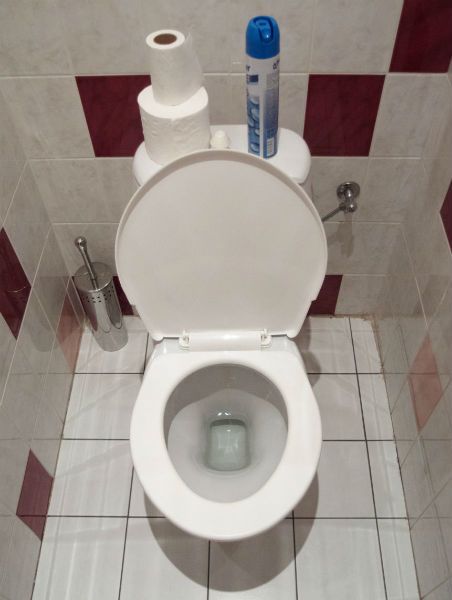
In fact, just the color of your stool could be a red flag that something is seriously wrong.
If you notice one of these seven colors, get yourself checked out.
Take note...
This guide is not a doctor's advice.
But as a general rule, you should visit your doctor if you're experiencing serious abdominal pain, diarrhea that lasts multiple days, or are running a fever as well as any of those symptoms.
1. Yellow

Like other entries on this list, yellow poop is often a sign that something is wrong with your biliary tract, which carries bile from your liver to the gallbladder and digestive system.
Bile is used to help your digestive system absorb fat and oils, but also carries waste out of your body.
Here's where the importance of color comes in: bile is green, but usually turns brown by time it leaves your body.
So if your stool is consistently yellow, either something is causing a bile shortage, or other parts of your digestive system (like your pancreas) are not doing their job.
But there's one harmless explanation for yellow bowel movements: the preparation for a colonoscopy can turn your poop this color.
2. Black

Nine times out of ten, people who notice black stool have nothing to worry about.
Both iron supplements and Pepto-Bismol are known for turning your poop black, so if you've taken those lately then mystery solved.
But you should be considered if you haven't taken those, especially if your stool looks like tar, and smells unusually bad.
Black feces is often a sign that something is bleeding inside your digestive system, so you should see a doctor soon - especially if you notice abdominal pain.
3. White or Very Light Brown

Bleached stool that appears white or light brown also associated with biliary tract trouble.
Once again, the green-brown color produced by the bile in your digestive system is missing, leaving your stool an unusually light color.
Sometimes the color is a very light brown, and compared to clay soil.
One of the most common causes are bile stones, which can into your liver and cause a blockage.
If the color of your urine also changes, or you notice abdominal pain, jaundice, or a fever, it's time to see a doctor.
4. Red

You can probably guess that red means blood, but seeing this color in your toilet bowl is not always as serious as black.
Small drops of red from spotty bleeding could be a sign of hemorrhoids, a cut, or just constipation.
But if your stool has red streaks, you should see a doctor ASAP. That's a sign that the bleeding is probably happening inside your body.
Crohn's disease is also known for causing bloody diarrhea, but even if you've been diagnosed with Crohn's you should see a doctor any time you spot blood in your stool.
Still, be aware that red jello and even tomato soup can sometimes show up in your bowel movements.
5. Green
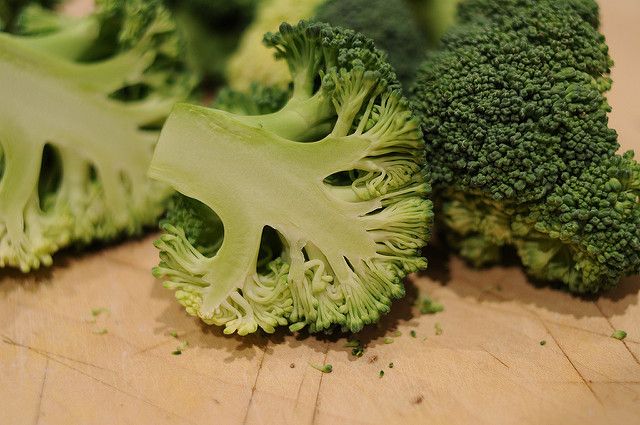
Despite how upsetting it looks, green stool is actually a normal and even healthy color to spot in the toilet bowl.
Most of the time, it means you've eaten a healthy serving of green vegetables. The chlorophyll from their leaves can linger in your bowel movements and turn them green.
These vegetables are a good source of fiber, so your digestive system is actually doing a-okay.
At worst, you may be suffering from diarrhea, as your body is pushing out poop before the green bile it breaks down and turns brown.
6. White With Brown
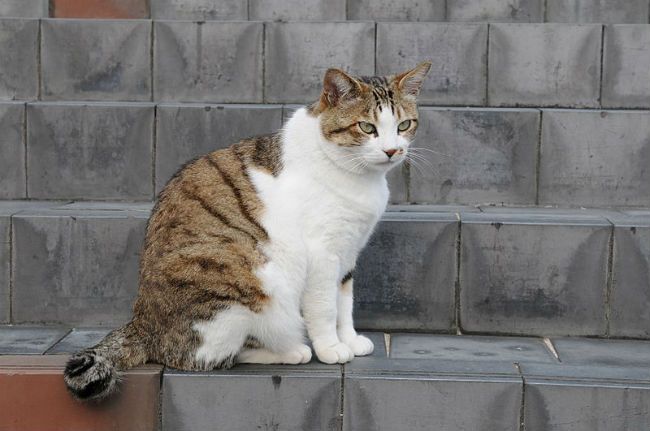
Stool that looks white at first glance isn't always connected to trouble with bile.
Crohn's disease, a chronic stomach condition that causes ulcers, can also produce white mucus inside your digestive system.
Sometimes, this mucus is left on your poop, warning you that you should see a doctor.
Crohn's disease is serious enough. But if you notice mucus in your bowel movement and feel sudden, strong pain, or feel feverish, you may have experienced a stomach injury.
7. Unusual Browns
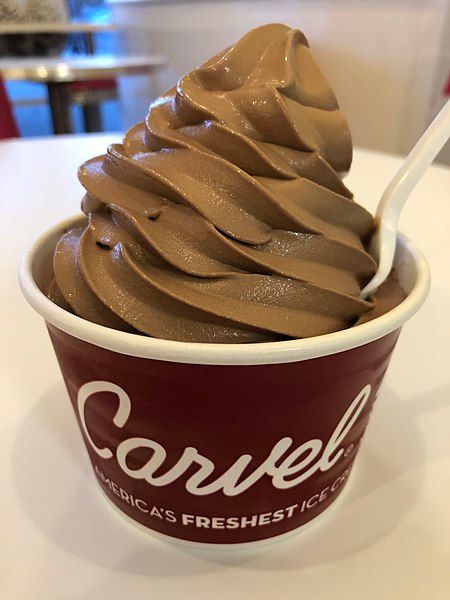
Ideally, your bowel movements should be brown in color and fairly solid.
But even if your stool's color looks right, other details could be seriously wrong.
Small pellets of poop are a sign that your body is dehydrated: your colon is leeching water from your stool, leaving small, hard pieces of poop.
Floating poop means that there's an excess of grease in your digestive system. Fast food might be to blame, but if you're noticing floaters constantly, something is wrong with your digestive system.
Extremely narrow poop is also worrying, no matter what color it is. This could mean something is restricting your colon, and it's a common symptom of cancer.
[H/T: Everyday Health, Mayo Clinic, Cleveland Clinic]
